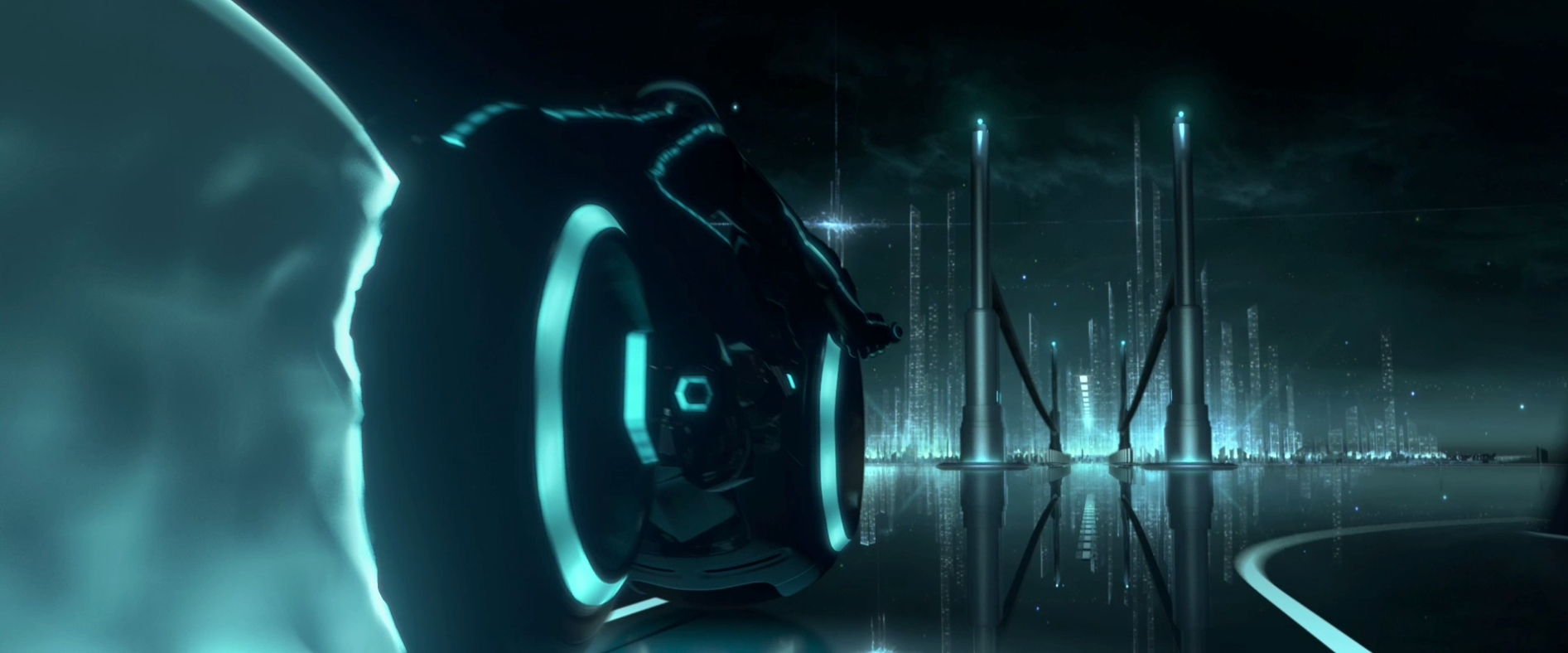
Over the last thirty five years we, as a cinema audience, have been party to a transformation in the way stories are told on the silver screen, and the tools that have been used to tell them. Today as an audience it has become almost expected that every summer there will be a slew of films with massive computer generated imagery (CGI) and although we can still be impressed and excited by it, it is definitely now commonplace. In 2010 Tron Legacy by Joseph Kosinski, was released featuring at the time some of the most advanced CGI of that year. Twenty eight years previously Tron by Steven Lisberger, the predecessor of Tron Legacy, was released which opened up possibilities for the movie entertainment industry’s future that couldn’t have been predicted. CGI effects were at the start considered dishonest in movie effect standards, now it is one of the most vital tools that allows the story teller not to be limited by the constraints of the physical world we exist in.
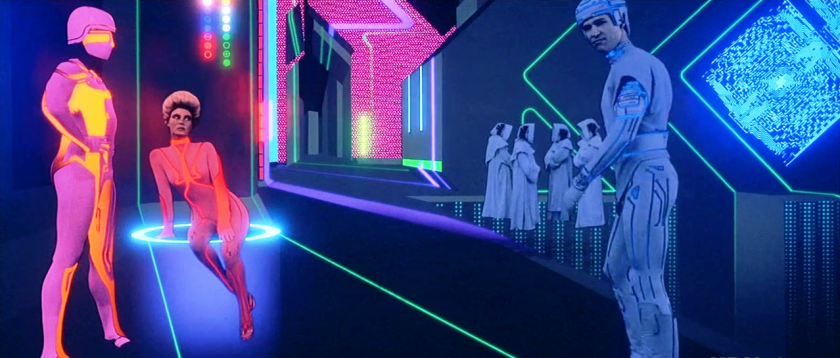
Throughout the 1970s experimentation by computer scientists in animation eventually started to creep into the world of the big screen. There were a few film productions that used this new process for what was at that time only the odd shot. In 1977 Star Wars directed by George Lucas was released and transformed the whole world of movie making. The film was a landmark in twentieth century film-making and its visual effects created in Star Wars had the whole world talking about the use of motion control cameras, models and puppets. Nobody at the time was aware that an animation of the dreaded Death Star had been created on a computer. Star Wars arguably kicked off the whole summer blockbuster movie genre and paved the way for large-scale effect films using the physical methods that had been executed by Industrial Light and Magic, a special effects house formed by George Lucas. From 1977 onwards complicated motion control special effects and elaborate set designs became refined and commonplace.
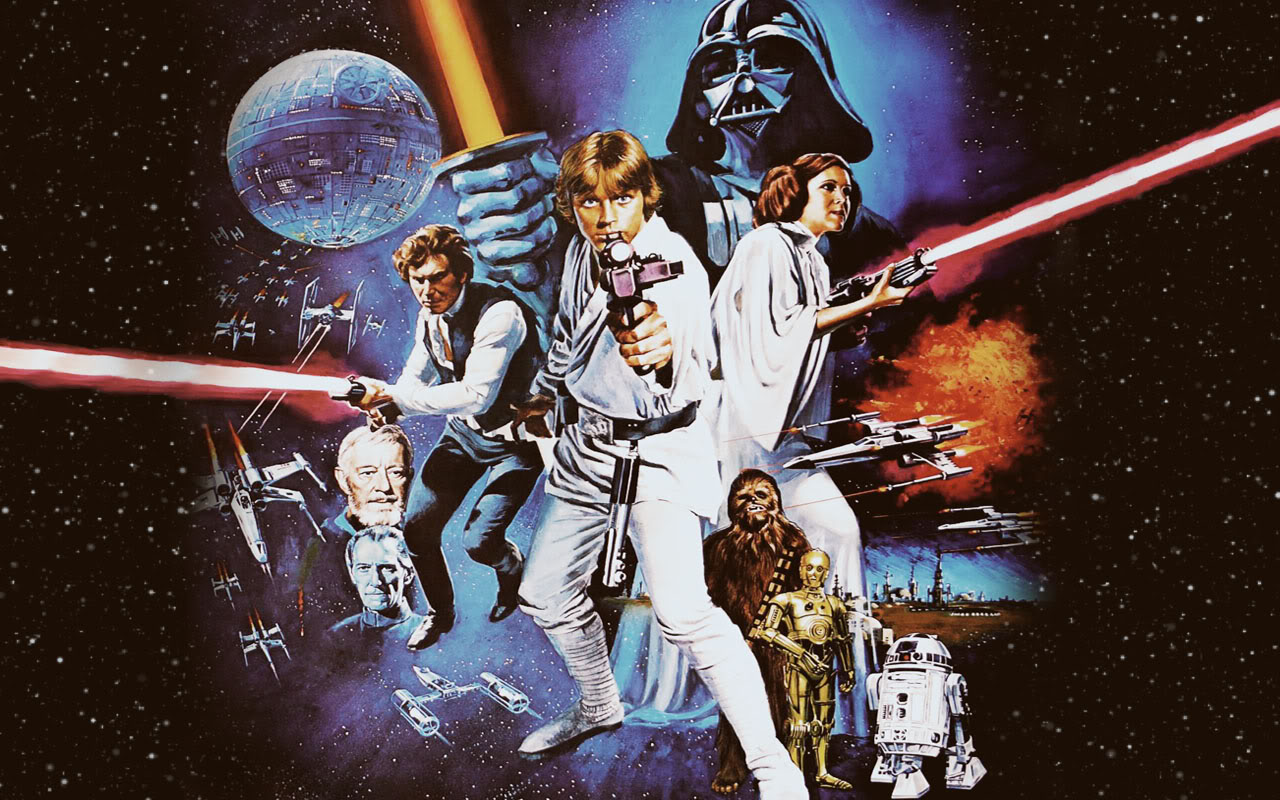
In 1982 Industrial light and Magic produced a shot for Star Trek II: The Wrath of Kahn by Nicholas Meyer, utilizing 3D graphics. The shot comprised of a descent onto a dead moon in space, as the camera flies in the moon burns up and then turns into a living planet. The film was a successful entry to the series but this clever early example of CGI failed to catch the audience’s eye.
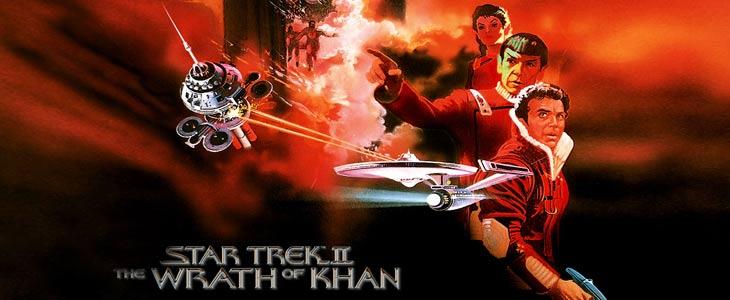
Another film from 1982,that didn’t do well at the box office, but contained the most 3D in running time and paved the way for future productions was Tron. Tron was also a first of its kind because it allowed 3D effects and story elements to often take center stage over its cast. Utilizing three 3D graphic companies to pull off the effects Tron achieved what other films would wait a decade before trying. Because of the commercial failure of Tron at the box office Hollywood was reluctant to explore the emerging technology and its potential for many years. In addition to its financial disappointment Tron, was also ignored in any special effects awards due to the opinion of critics that the 3D process was a fake and not real artwork. It is incredible to think how much opinion over the craft of CGI production has changed and how respected those artists now are especially after a film like The Lord of the Rings by Peter Jackson was released.
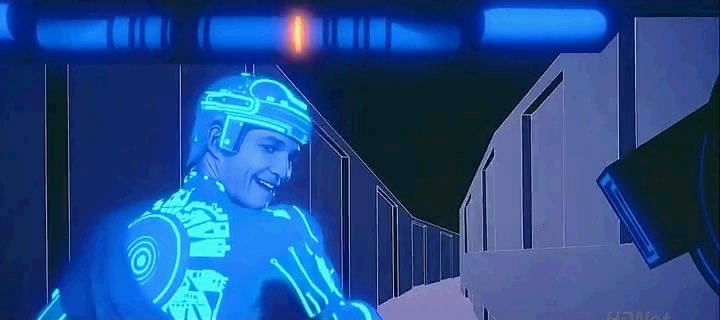
After Tron, the 1980s moved very slowly as far as 3D production for the big screen was concerned. Artists who had worked on Tron went on to do the effects for The Last Star fighter by Nick Castle. Spacecraft and spacecraft hangers were created digitally and even a 3D replication of a model car was so successful from a technical standpoint that the images became photo-realistic. The dog fights between the spacecraft were animated for the first time with a vector preview monitor, which made the process of plotting polygon points in space easier to direct. Digital Productions, who did the 3D effects for the Last Star fighter, used for the first time in cinema a super computer called the Clay X-MP, which could crunch all the tens of thousands of calculations needed for some of its shots.
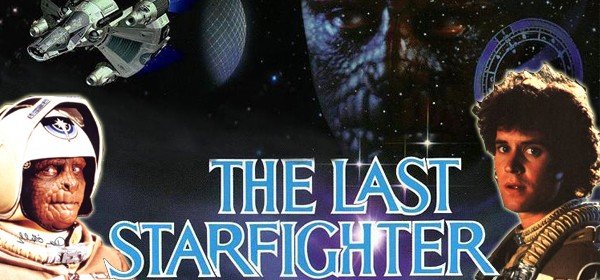
After the success of Star Wars, Lucas created a computer division that would explore the possibilities and applications of new technologies for the cinema. In 1985 this division created its own graphics computer Pixar. The Pixar system was more advanced than any other graphics computer that had gone before and could deliver photo realistic images at a lower cost than any of its competitors. The Pixar required four processors for the preview playback whilst operating. Fast-forward to 2013 and home users can enjoy the technology at many times the power on their home laptop. In 1986 Apple founder Steve Jobs bought the Pixar division for ten million dollars, a move that would later payoff beyond anyone’s expectations.
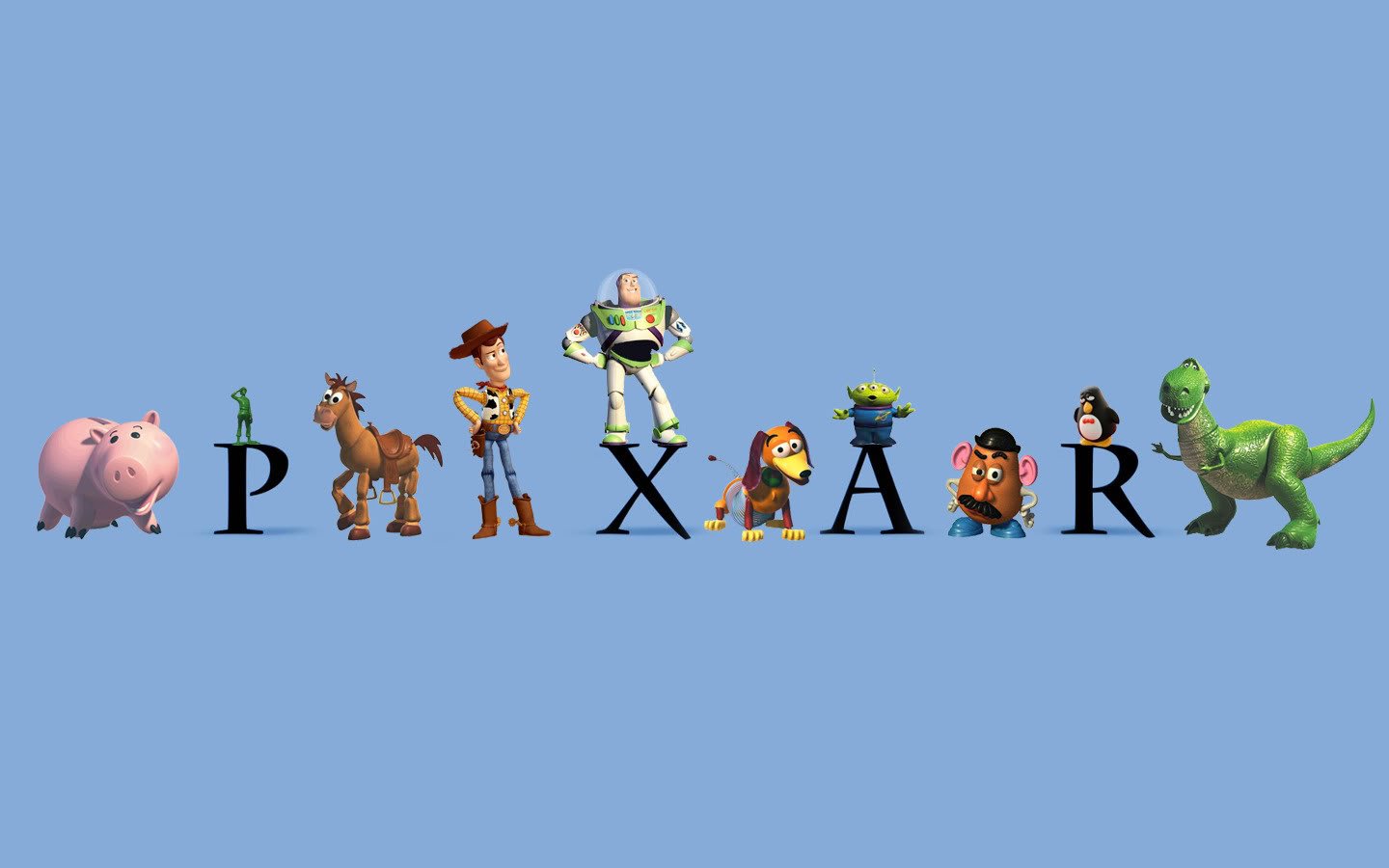
During the 1980s as supercomputers continued to be improved but behind the scenes on the silver screen very little in the way of 3D graphics was being used. Only the odd hint of what was to come could be glimpsed in the likes of 1985 film, Young Sherlock Holmes by Barry Levinson. Under the care of Industrial Light and Magic a successful 3D stained glass villain can be seen photo realistically interacting with a live set and actors. Willow (USA 1988; Ron Howard) had the first successful example of ‘Morph’ transitions between multiple objects and or subjects. Dennis Muren, who was in charge of the VFX shot on the production, coined the phrase ‘Morph’. This effect was achieved by filming the elements you want to transition between, then using a high powered (for the time) graphics system to work out the points in space of each element and then bring them to the points of the next element whilst blending the images. Once the finished result was released the effect rarely appeared in big budget films, however it was welcomed by TV, and the music video production industry with open arms.
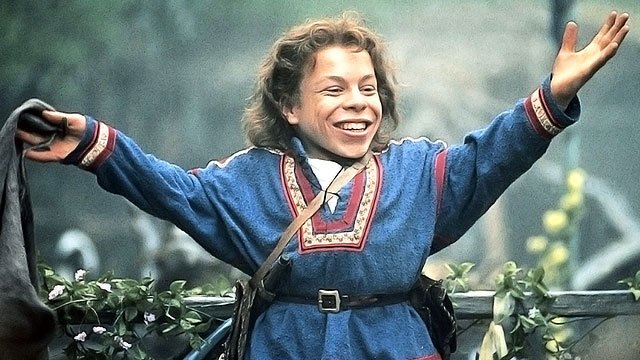
As the 1980s drew to a close and the 1990s began, James Cameron set up the digital effects company Digital Domain. Digital Domain was successful in writing new algorithms that resulted in a breakthrough in 3D liquid animation. Films like The Abyss, and then a few years later the 1991 box office smash Terminator 2: Judgment Day (T2); was the direct result of this computation and scripting being devised, and applied. The sight of 3D liquid characters, reflecting a real set, and interacting on screen with real life actors was a huge achievement, that T2 would demonstrate to better effect, and is still held in high regard for its effects.
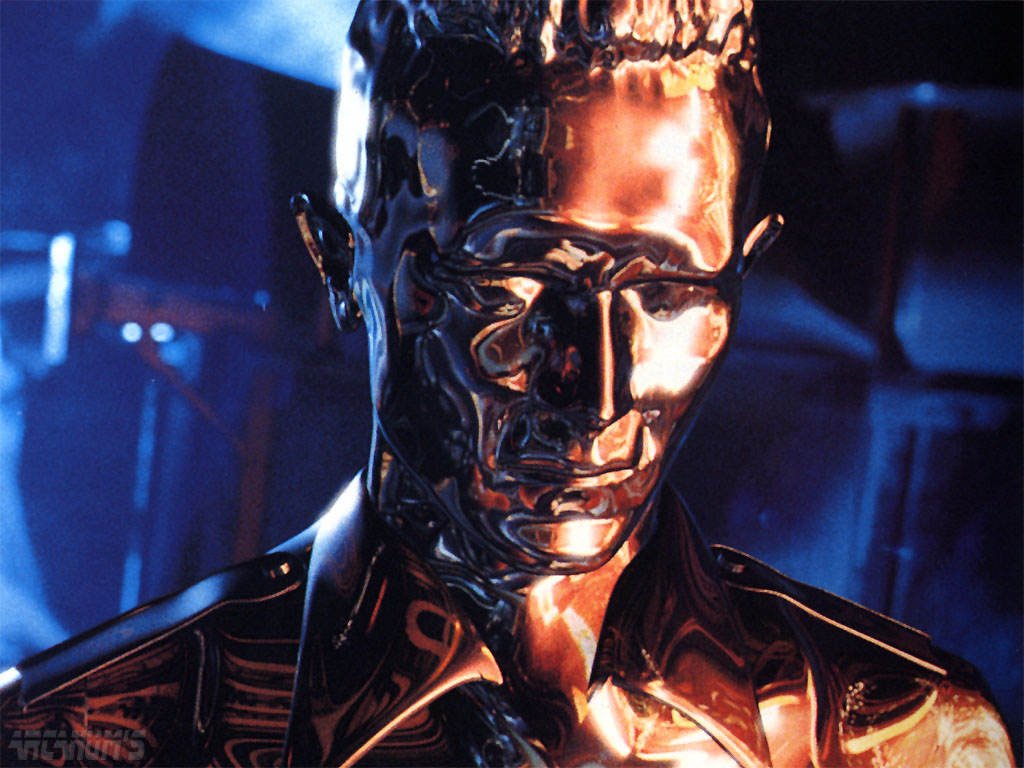
Two years later in 1993 Steven Spielberg released Jurassic Park, which had taken the idea of photo realistic 3D animation to a whole new level. The film, which is about dinosaurs being brought back from extinction, managed to deliver to an audience what filmmakers had dreamt about doing since motion pictures began. I was eleven years of age when Jurassic Park was released at the cinemas. Up until then the most convincing representation of an animal or monster had been executed a decade or more before by Ray Harryhausen’s stop-motion magic. Although Harryhausen’s films have dated considerably over the years, it is hard to look at a plastercine model and be fooled into believing what you are seeing is real.
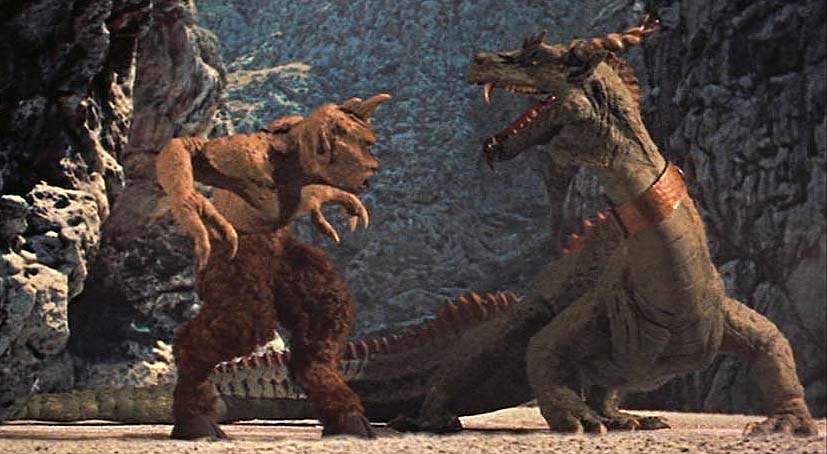
Although Jurassic Park used many of the practical techniques that had been seen in Hollywood filmmaking in the two decades that preceded it, the use of new 3D computing along with its manner of execution gave the viewer a fresh visual treat that can still be admired today. No longer was there a slightly jerky model representing a dinosaur, instead there was what appeared to be a running, sweating, dribbling animal, even though undesirable, you felt you could touch it.
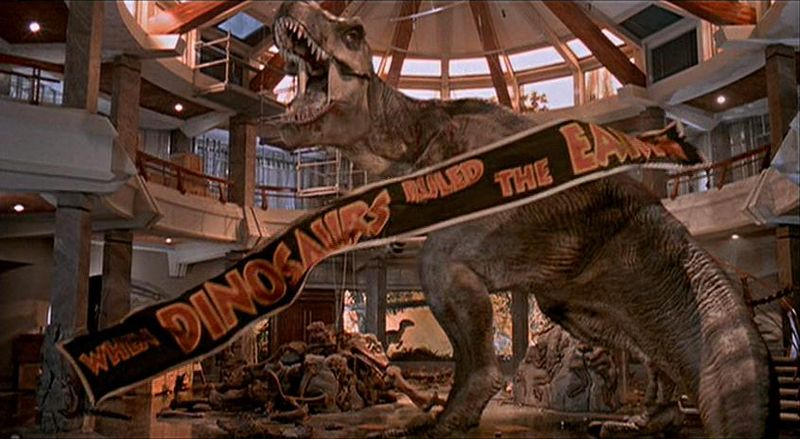
This digital method of animation was not only influenced by stop motion, but stop motion animators were able to contribute to the CG dino movement which was important to help sell the image in the space it’s been placed. For the shots that ended up being digital CGI elements, the original plan was to use an advanced form of stop motion called Go Motion. Go Motion had the models connected up to a computer so that the animators could set the key frames physically and allow the computer to fill in the in between frames of movement. This process allowed for more precise movement of the models, and a motion blur that gave a far greater sense of realism to the final result. After seeing a test VFX shot of a CGI dino running the decision was made to go with this method. The go motion animation department found they were still contributing heavily by using the knowledge of animal movement to be applied to the physical models so that their movements could extrapolate onto the CGI creatures. This is a brilliant example of man and machine working together to achieve the desired goal.
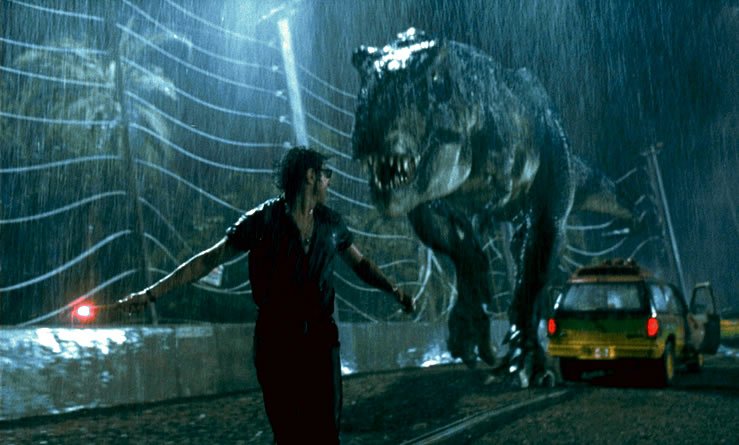
The end result of the process used to animate the dinosaurs in Jurassic Park set a high benchmark along with another great achievement in the way of face replacement. During one of the many high-octane scenes of the film, one of the characters performs a stunt that had to be acted by a stuntwoman. The stuntwoman looks up at camera, which posed an interesting problem during the postproduction process. A high-resolution scan of the actress’s face was placed over the face of the stuntwoman; CGI tools were then applied to fit the face and blended the skin so no visible matt lines can be seen. This technique was so successful that it has been repeated countless times in movies since. In the past, when the film cuts to a shot of the stuntwoman or man camera positioning, and wide shots were used to hide the identity of the stunt person and prevent the audience from seeing the trick. Now it’s possible to film the stunt person close to camera and fool the audience into believing that it is actually the star of the show.

Animators spread from traditional 2D, and stop motion animation, and quickly became adept at applying their new skills with the aid of advanced computing, and 3D software to explore new territory. A landmark moment in 3D production came in 1995 with the release of Pixar’s fully 3D animated classic Toy Story. Pixar that had been sold by Lucas to Steve Jobs in the early nineteen eighties and massive developments in its 3D graphical processing power had been made. The accumulation of a decade of advancement produced the first fully 3D animated feature film in history. Instantly Pixar and its systems became the number one 3D animation company in the world.
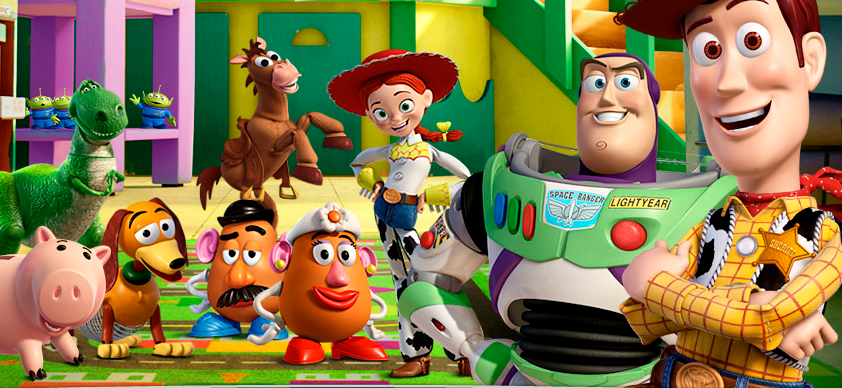
3D animated movies are as commonplace now as a traditional 2D animated feature, but there was a moment in the early to mid-nineties when moviemakers and animators were not sure whether an audience would take to the new visualization. Pixar continued its innovation in the way of 3D storytelling with many further animated features. A few years later the ability to produce a character’s hair and fur correct for the environment was developed and continues to be refined to this day.
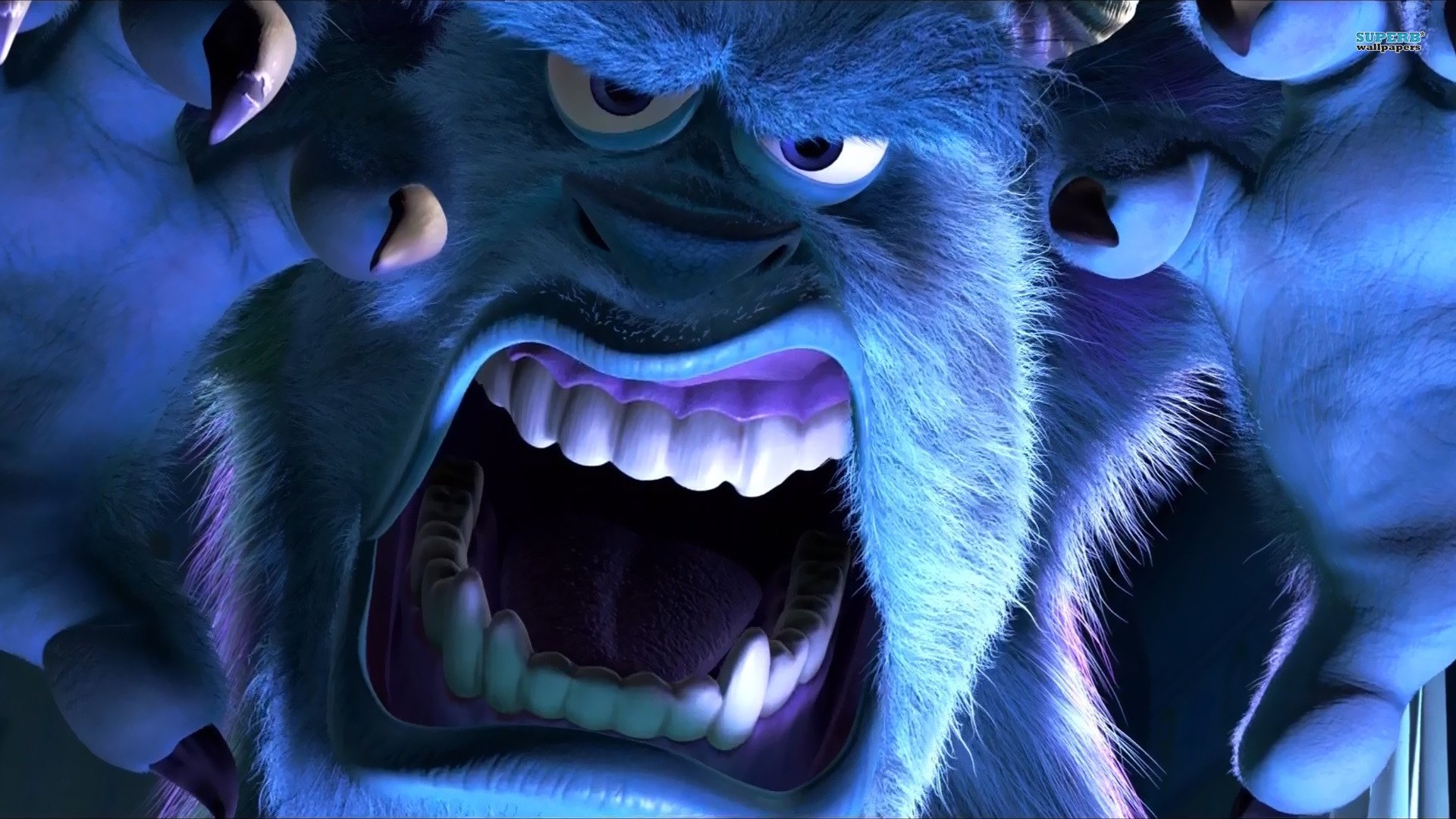
Apart from the obvious application of 3D computer generated imagery resulting in an animated character on screen, the new millennium saw another application for this powerful tool in the area of pre-visualization. Pre-visualization is the process of planning a scene or scenes and having a rough representation so that timing and look can be checked and revised. Storyboards were the traditional method used by the motion picture industry. Increasingly quick semi detailed models could be made within the computer and refined in the same place to bring an accurate representation of an intended scene. Camera angles, lighting and composition of a shot could all be designed and tested before the main production commences.

The dream with 3D graphics ultimately is to imitate realism to an undetectable level. As CGI in films progressed into the next decade Industrial Light and magic jumped one step ahead with their work on Jar Jar Binks from Star Wars Episode 1: The Phantom Menace. Utilizing software specifically designed for this process the design and render of the character is certainly a breakthrough that allows a filmmaker to go beyond the traditional method of a man in a suit.
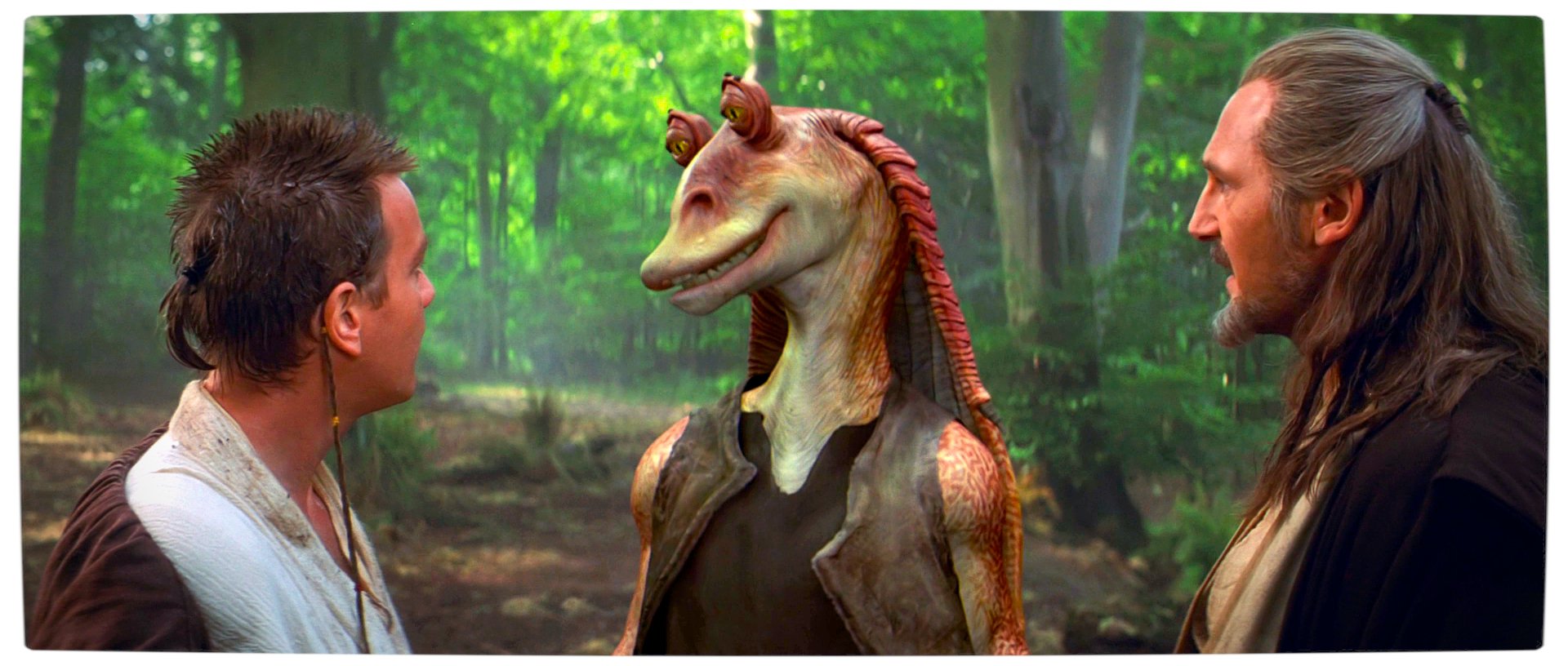
A further great application of 3D graphics was in the production of many of the films background replacements. Traditional matte paintings were being replaced by digital matt paintings were manipulation could take place.
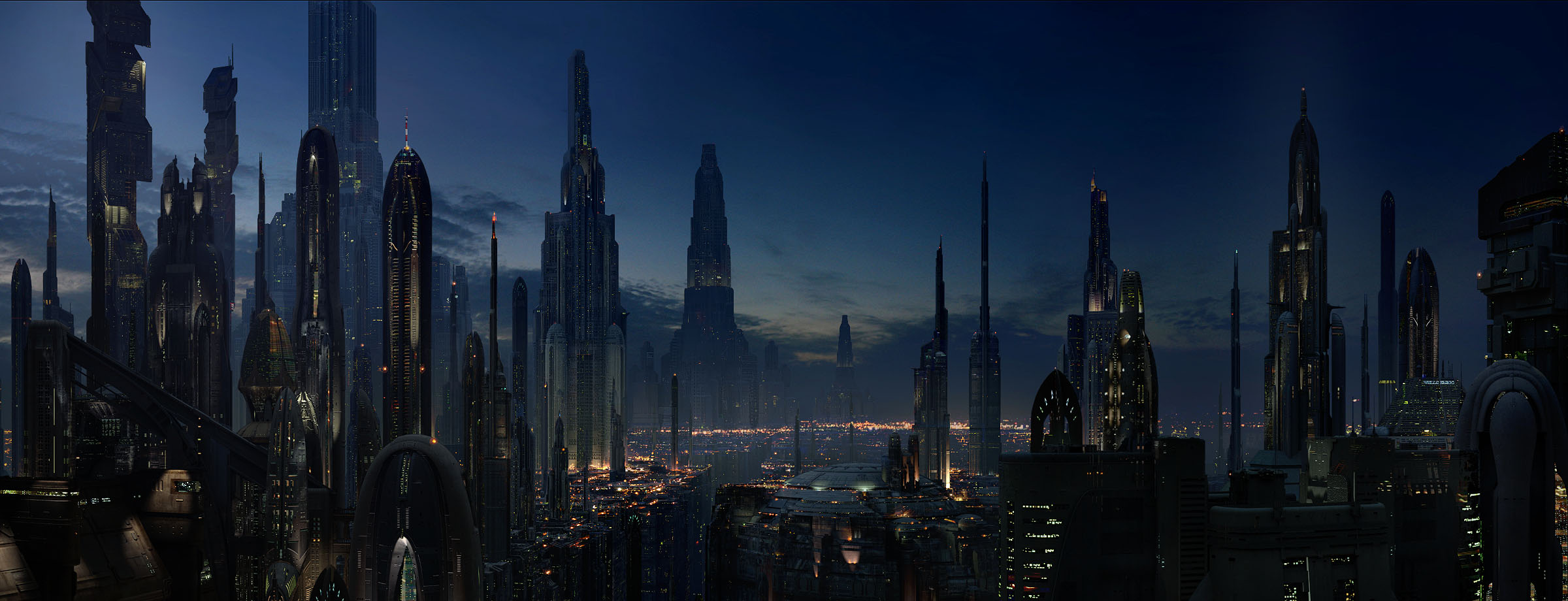
Even though fully digital in appearance Jar Jar may be, it took the process of an actor in a motion capture suit to play out the intended actions. The advantages with Motion capture are that subjects that may take many months to animate with a team of people can be reduced in time dramatically. It is also possible to have the mime on set with the actors to give a physical performance that they can respond to correctly. A good argument against the use of motion control on a main character is that it takes away the job of the animator to apply precise moments that could further sell a performance.
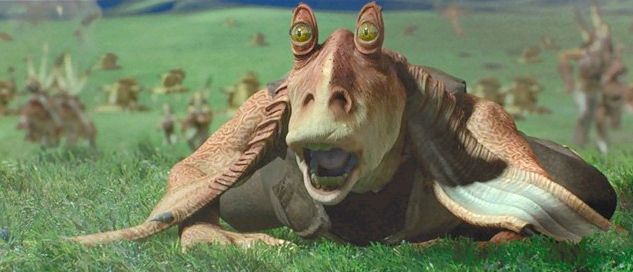
At the same time George Lucas was producing the Star Wars prequels, Peter Jackson and his special effects house Wetta, were also pushing the boundaries in the same field, with the motion picture adaptation of The Lord of the Rings. The trilogy of books is so fantasy based and beyond our real world that it wasn’t until the 2000’s that such an impossible task could have been challenged. Further pushing the envelopes and creating sophisticated software’s that could mass produce crowds or army’s, as well as taking motion capture to the next level with the character Gollum.
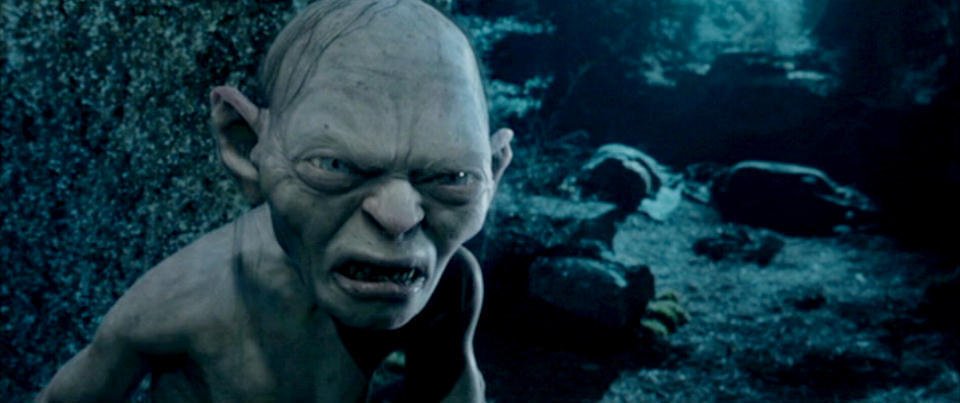
The 3D graphic techniques are not just used in the blockbuster VFX productions, but also more modest films for a more subtle touch. The use and realism of digital set extensions can be used to finish off a piece of set design, or add a layer of detail that may not have been originally present. The rise of digital stuntmen has allowed for stunts to have no limit to their scale or action, and certainly upholds health and safety regulations on set if a potentially dangerous element can be created safely in the digital world.
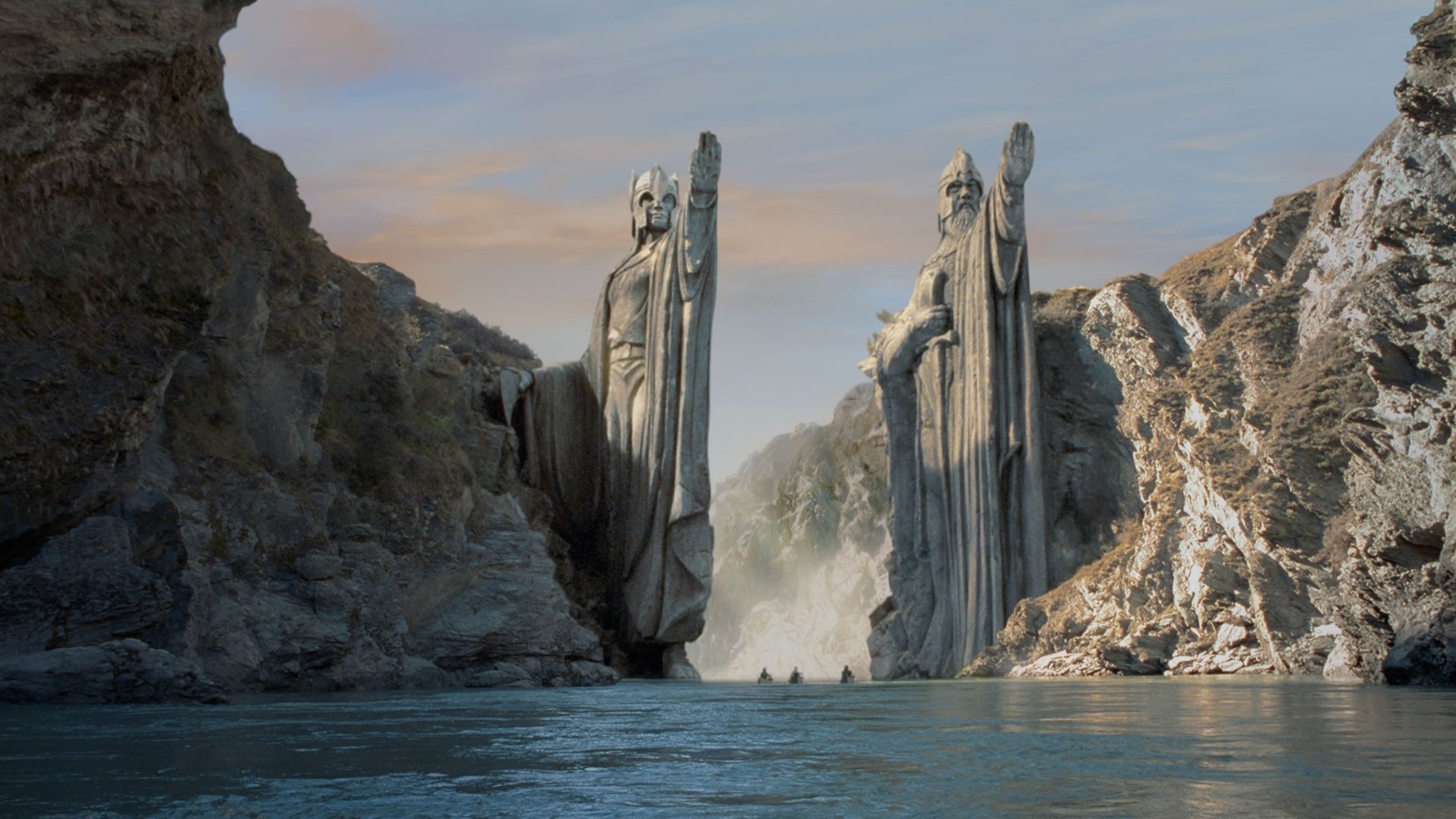
Over the last Decade since Star Wars and The Lord of the Rings, CGI in the cinema has become better and more detailed with every production. The technology moves forwards faster each year and every eighteen months processors double in power. As well as bigger and more lavish special effects of giant robots continues to fill up the movie screens, we have also seen the software and processes become consumer able for the home user. For a decade Microsoft’s Windows operating system has come with a free built in editing programs for home movies. Affordable this technology has become for the home consumer, where once writing software to calculate points in 3D space would only be produced by a computer scientist with financial backing. Now, the technology has become so wide spread that its future evolution can be influenced by a broader participant.

For the first time in history storytellers are now only confined by their own imagination as to what can be presented. There are still steps to take forwards as many wait for the day when a human being could be rendered by a computer in 3D, and look indistinguishable from someone sitting with you in the room. If the perfection of nature reproduced perfectly is the goal we have come a long way in thirty five years, as far as the silver screen is concerned there is still further we can go and new frontiers to explore in a digital world.
Did you enjoy this article about Tron and CGI in cinema?
You can read more of our articles here.
Please join us on social media on Facebook, Instagram, Tik Tok and Twitter. We really appreciate all the likes, shares, retweets etc., and we would love to hear from you and continue the wonderful celebration of all things cinema on these platforms.
If you love to watch videos on YouTube, then please subscribe to our channel here. There’s lots of fun and informative videos uploaded that we hope you will enjoy!
We have a passion for movies and aim to produce entertaining and informative movie-related content. It certainly is a lot of hard work, but we love films so much that it’s worth all the effort. We have to keep the lights on and make sure we have plenty of caffeine to keep all of the articles, videos and social media posts coming, so if you like our work, then please consider supporting us at Buy Me A Coffee here. You can also become a More Movies patron on Patreon here.
To help support us here at More Movies, we do use advertising in a few places, so we appreciate it if you do not use AdBlockers on our site, as this helps keep a few pennies trickling in. We also utilise affiliate links throughout the site, usually to help guide our readers to places to stream, rent or buy the movies we talk about. One of the biggest sources for movies online is Amazon Prime Video, where you can stream over 18,000 films. If you are interested in Prime and haven’t signed up yet, you can get a 30-day free trial via this affiliate link, which helps support us too.

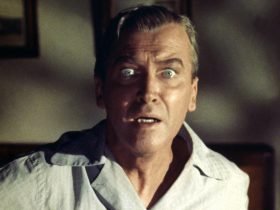
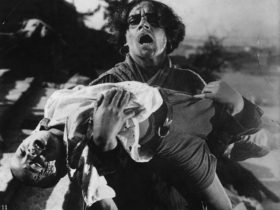



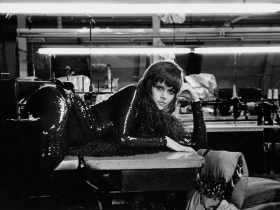

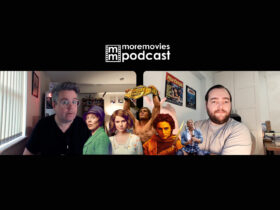
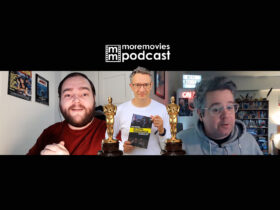

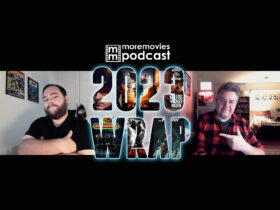
Reblogged this on Rouletterevolver's Blog and commented:
Check out pNut’s post about the history of CGI in cinema via Perygl Productions!